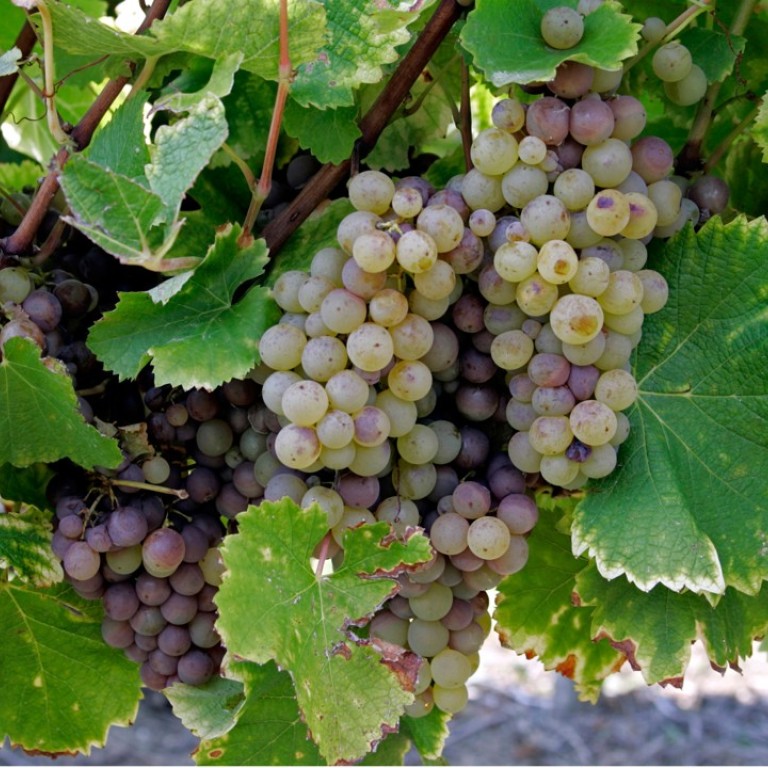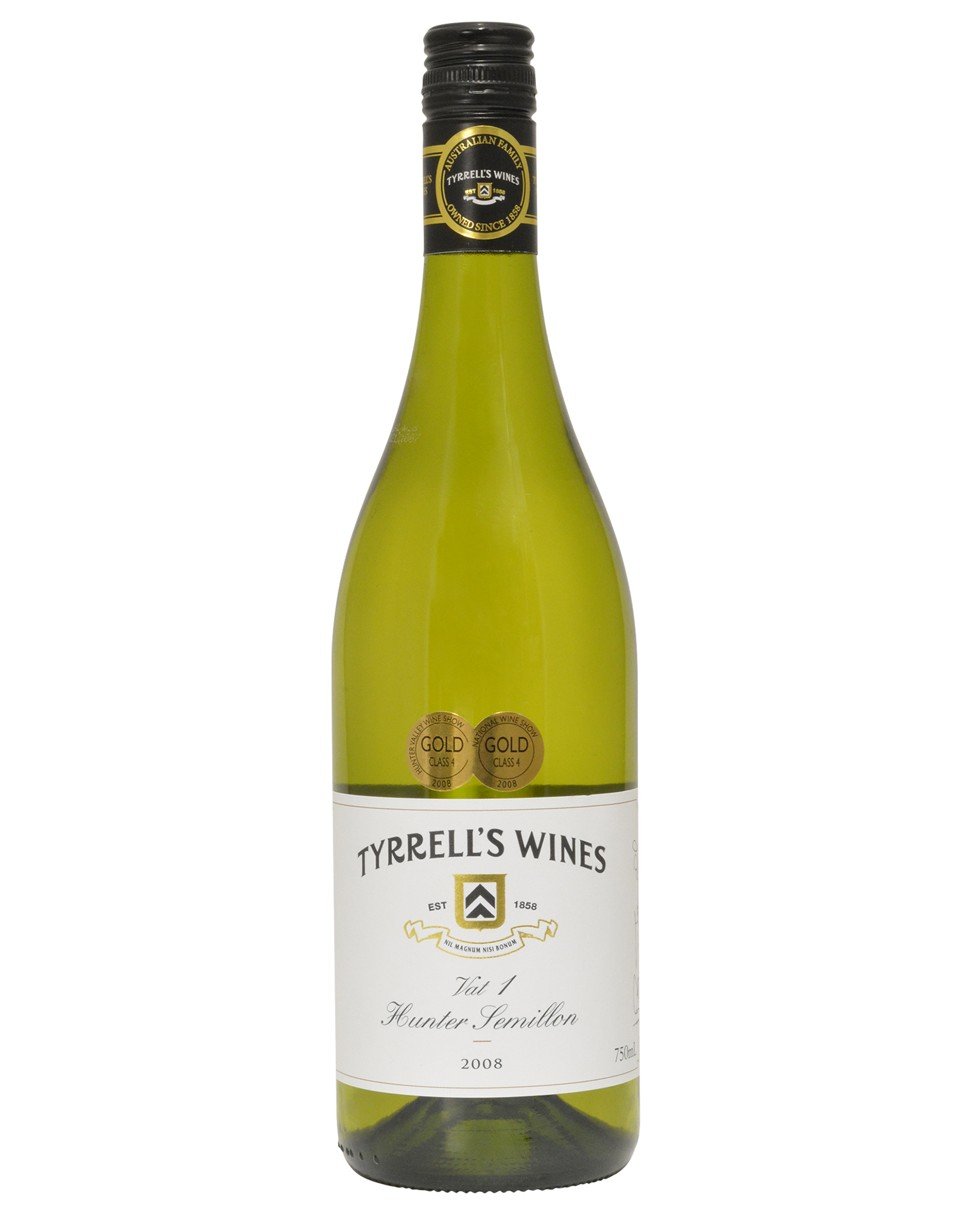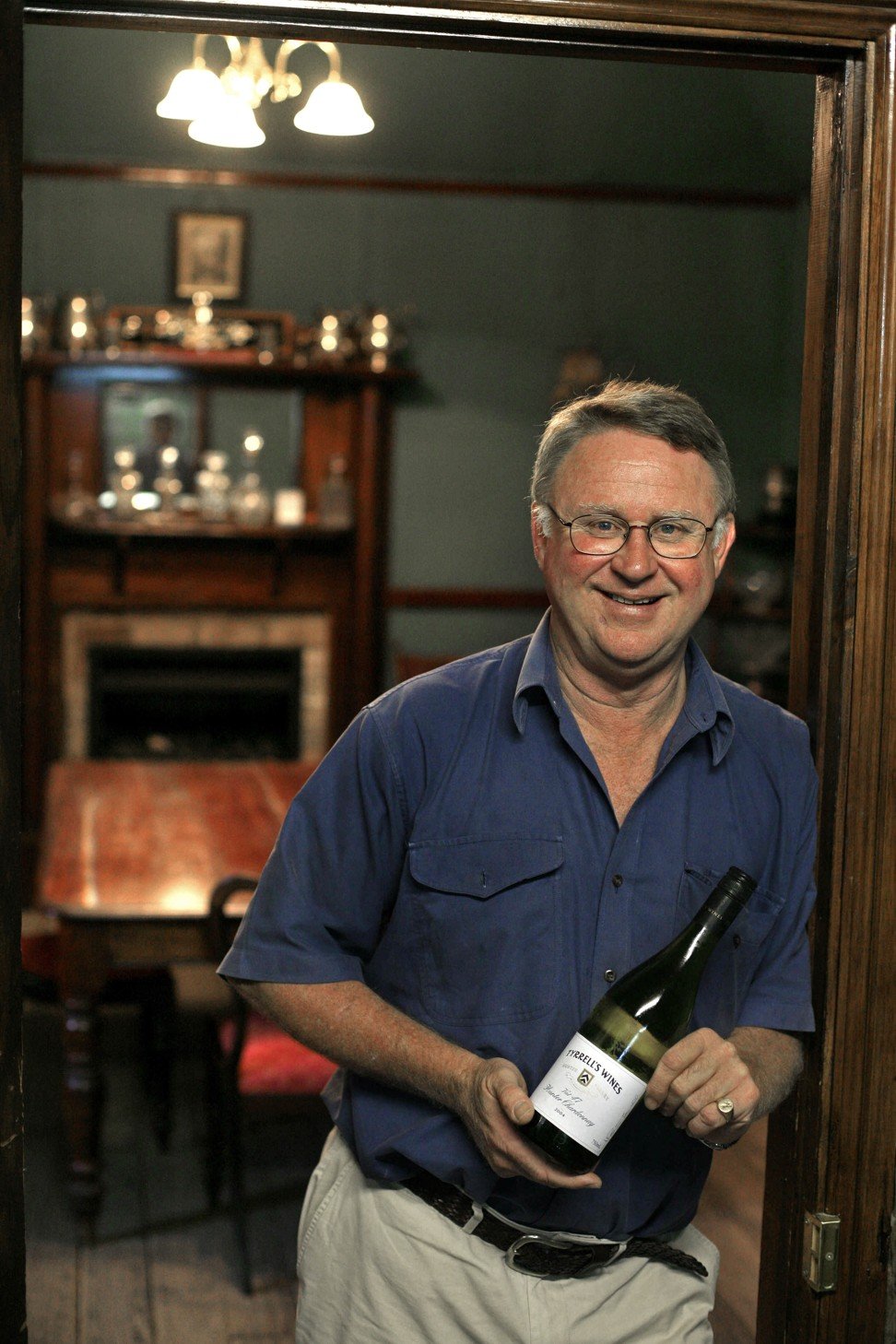
Thanks sémillon: the underestimated grape that’s increasingly sought after
From Bordeaux to the Hunter Valley, winemakers are waking up to the marvels of giving the white wine grape a starring role
Sémillon is a greatly underrated grape. Wine people usually think of it as a supporting cast member, rarely as the star. So it’s perhaps surprising to learn that there are more than 11,000 hectares of sémillon in France alone – mostly in Bordeaux and Bergerac – making it the third most planted white grape, behind sauvignon blanc and chardonnay. It is an early ripening grape that is fairly high yielding (14-20 tonnes per hectare) and quite hardy, but prone to rot (botrytis) because it has thin skin. It prefers a climate of sunny days and cool nights.
In Bordeaux, sémillon is one of the grapes used for Bordeaux blanc, along with sauvignon blanc and muscadelle. Winemakers believe that when sémillon is blended with sauvignon blanc, the wine has greater longevity and more moderate acidity, because sémillon tempers the tart crispness and grassiness that are characteristic of sauvignon blanc. The resulting wine, which may also have a generous dollop of muscadelle, is deliciously satisfying – dry but full bodied, with a bit of dried honey, a melange of juicy citrus fruits (orange, tangerine and pink grapefruit), ripe pear and a hint of grassiness and orange blossoms.

Sémillon shines best in Australia’s oldest wine region, the Hunter Valley. Here, the grapes are picked fairly early in the summer, as they are the first to ripen; the skin often turns pink in the heat of the sun. In the Hunter Valley, sémillon has the stage to itself as a soloist. It has a different flavour profile here – slightly buttery with tropical papaya and mango, and with super-ripe peaches on the nose and a palate that finishes with tangy honeyed citrus notes.
The best examples receive some oak ageing that adds to complexity as it allows the wines to undergo malolactic fermentation (this is where the buttery notes come in).

In other parts of Australia, sémillon plays a supporting role to sauvignon blanc. Margaret River has some lovely examples of this style, particularly at Cape Mentelle and Cullen. Another widely popular and accessible blend that is also wallet friendly is chardonnay and sémillon – a blend born of necessity when Australian winemakers were short of chardonnay in the 1980s. Lindeman’s was the first widely exported example of this style with its Cawarra sémillon chardonnay.
In short, sémillon is a grape worth seeking out in all its stages.

